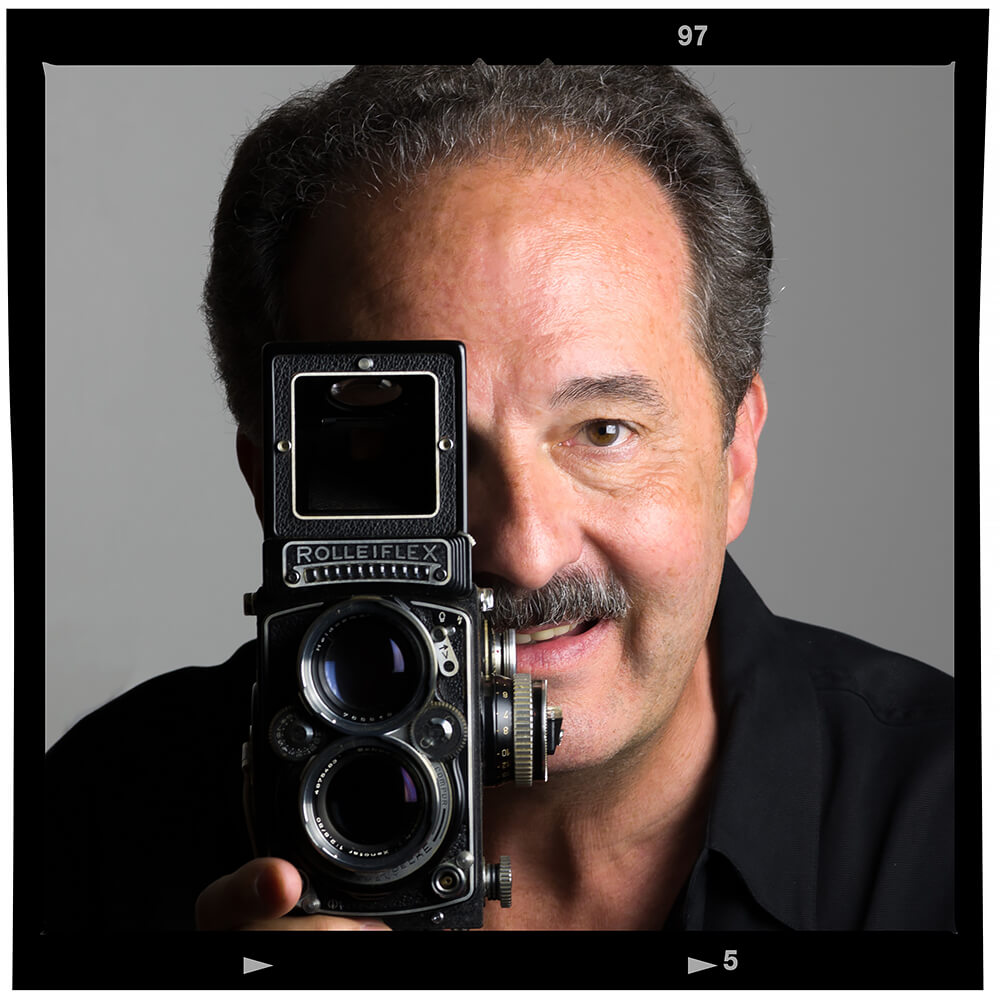Michael Knapstein (born 1956, Stevens Point, Wisconsin, USA) is a fine-art photographer who has earned international recognition for his insightful and nuanced visual exploration of the American Midwest. He now lives in Middleton, Wisconsin.
Michael's photographs began attracting national attention while still in high school. At the age of 17, his work earned its way into the permanent collection of the George Eastman Museum in Rochester, NY. After graduating from the College of Fine Arts and Communication at the University of Wisconsin, Knapstein began a 30+ year career in the world of advertising. He sold his ad agency in 2010 and returned to his first love of photography. Since this reemergence, Michael's work has been recognized with hundreds of awards in some of the world's most prestigious photography competitions. He is a four-time Critical Mass Finalist, Pollux Award Winner and was named International Landscape Photographer of the Year at the 5th Barcelona Foto Biennale in Barcelona, Spain. He was also named one of "14 Inspiring American Artists" by Skillshare and Feature Shoot. His work has been widely exhibited in museums and galleries around the world.
The Unforgotten
My photographic series “The Unforgotten” was created to honor and preserve the rapidly disappearing family farm and the rural agricultural tradition that helped build the American Midwest.
During my lifetime, we have lost more than 105,000 family farms just in my home state of Wisconsin. While these traditional small farms are falling victim to corporate agriculture and urbanization, their legacy is still honored with events that celebrate the proud agricultural heritage of the Midwest.
Often, these gatherings include antique agricultural equipment, sometimes dating back to the days of steam power. I explored this world for several years by attending more than 50 small agricultural fairs and rural festivals across the Midwest. I was drawn to this subject matter because these people and their farm equipment – both once symbols of progress and innovation – now stand as relics of a bygone era.
The resulting images speak to themes of rural identity, memory, loss, history, heritage, pride, family, community and sense of place.
To express the timeless nature of this material, I approached this project from a “straight photography” perspective in the spirit of Group f/64. My approach was informed by the iconic work of WPA artists and mid-century modernist photographers such as Adams, Weston, White, Strand, Parks and Evans.
My work was also influenced by the American Regionalism movement and the work of artists including Wood, Benton, Curry, Wyeth and Hopper.
These proud people and their farm machines may eventually fade into the mist of time.
But perhaps through my images, their stories may forever remain Unforgotten.
